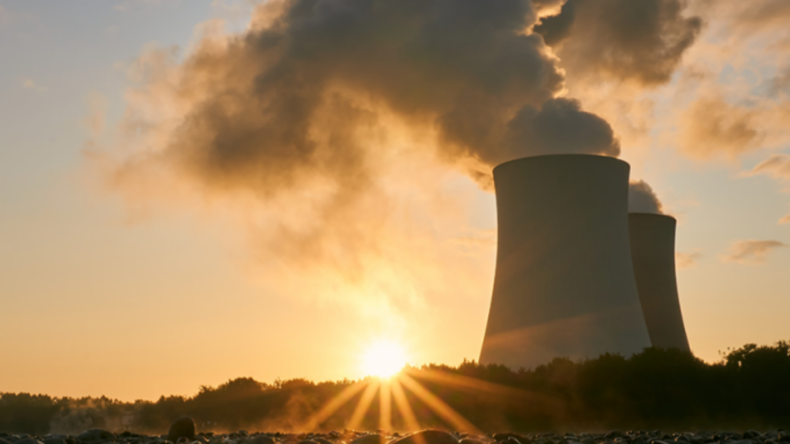During Question Hour, Minister Jitendra Singh claimed that, unlike in the past, when nuclear initiatives were limited to a few states such as Andhra Pradesh and Tamil Nadu, the department has now moved northwards.
By 2024, the country will have nine nuclear reactors. The administration notified the Rajya Sabha that a new nuclear plant in northern India would be built 150 kilometers from Delhi in Gorakhpur, Haryana.
According to Jitendra Singh, Minister of State for Personnel, Public Grievances, and Pensions, “By 2024, there will be nine nuclear reactors, plus 12 new ones permitted during the Covid era, with a total capacity of 9000 MW. In addition, five more locations are being identified “in various sections of the nation.
In response to supplementary questions during the Question Hour, he stated that, unlike in the past, when nuclear reactors were restricted to a few states such as Andhra Pradesh and Tamil Nadu, the department has now expanded northwards.
“We are going to have the first nuclear plant of its sort in North India, just about 150 kilometers from here in a little township named Gorakhpur in Haryana,” said Singh, who is also Minister of State in the Prime Minister’s Office.
When asked if the government is considering phasing out nuclear power facilities due to safety concerns, the minister stated, “We have not only expanded the number but are also attempting to establish a pan-India generating project.”
According to the minister, nuclear energy will soon emerge as one of the most significant sources of alternative or clean energy for expanding power demand. In terms of cost, however, it varies depending on the plant and its age. Singh stated that on average, it comes to roughly Rs 3 per unit, while the Kudankulam plant costs about Rs 4 per unit, and Tarapur costs less.
However, he stated that the cost would decrease if other plants were added. Singh stated that during this administration, a bulk approval of ten original reactors was done in a single cabinet decision, which is a record and has never happened in independent India’s history.
To encourage the establishment of new projects and overcome the financial constraints that are encountered in such situations, the prime minister made an out-of-the-box decision to allow the atomic energy department to enter into joint ventures, which had never happened before, and the insurance pool has also been increased, Singh told the upper house.
Concerning the Kudankulan nuclear power station extension, the Minister stated that “ideally in 2021, we intend to begin construction of units 5 and 6 as well. “During the current government’s two terms, he stated that the Kudankulam facility would have six units. However, just the first unit was under construction during the previous UPA administration.
Singh stated that 38,336 mega units of electricity were generated in 2017-18, whereas 46,472 mega units were developed this year ending 2020, despite the Covid epidemic. During Covid, we expanded electricity generation by almost 4000 mega teams in nuclear programs, he stated.
The minister also stated that most of our nuclear initiatives were supported by Russia and France but that more and more reactors are becoming indigenous.
“The DAE proposed budget for capital expenditure for 2021-22 was Rs 17,796.24, while the approved BE for Capital Expenditure during 2021-22 is Rs11,403.20. There is a Rs 6393.04 crore shortage.
“However, it is stated that owing to the COVID-19 Pandemic, the situation at Project locations will not be normalized until the first part of 2021-22”. As a result, the minister stated in his written response that no significant adverse impact is expected on the progress of several existing initiatives.












